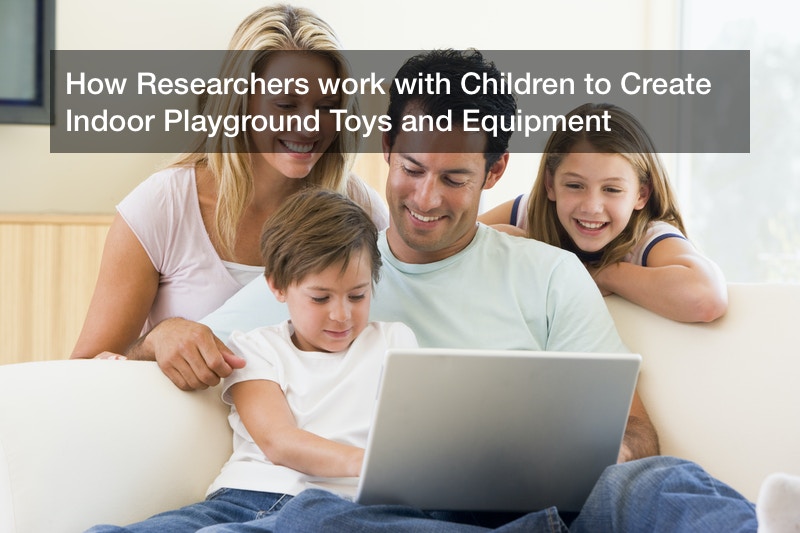

Designing indoor playgrounds for young ones can be complicated. Children are at a stage where they are still trying to understand their surroundings. It is up to parents and guardians to create an environment where children can learn and play.
Today, there are a number of futuristic companies that have taken a unique approach and are now designing commercial indoor play structures. The aim was to create games for children that would maximize their potential for fun and learning while enhancing safety.
Bridging the Communication Gap
According to statistics, two-thirds of parents fear that their children are wasting too much time with digital devices. Indeed, technology has become prevalent even in the lives of minors. But some technologies can be useful in facilitating learning.
As a result, children are becoming among the top consumers of new technologies. Now, major brands are beginning to see the benefits of incorporating the little ones in the design process. The approach has potential, but it also hounded by significant challenges.
One challenge is how to address the communication gap. Researchers may ask for feedback for indoor playground equipment and commercial indoor play structures, but the pointers they get may be flawed. That is usually due to the variation in perspectives between the adult and the child. Kids below the age of 7 usually have difficulty expressing abstract concepts.
Another challenge is to what extent kids can contribute to the design process. Some critics of the approach feel that, just as with the researchers, children have a limited scope and ability. Yet their input is still necessary at different stages of the project.
Contextual Inquiry
One element of design where the user’s input has proven to be indispensable is contextual inquiry. The methodology seeks to understand the equipment from the perspective of the person who’ll be engaging it.
Researchers can gain a lot of insight into how a commercial indoor play structure should be, through the evaluation of relevant variables. They analyze the child’s pattern of behavior, cultural perspectives, and the environment, to get a sense of their concerns.
One of the biggest challenges of the technique is how to capture the context authentically. For example, when you set up cameras in labs, children may feel self-conscious or feel they have to be formal. In public spaces capturing visuals and audio may be compromised by obstructions and lack of clarity.
Cooperative Inquiry
Cooperative inquiry describes methodologies that companies like Kidsteam have been using to design commercial indoor play structures. It includes contextual inquiry, low-cost prototyping, and inter generational interactions, among other strategies. It combines these techniques to enhance the quality of information they get from the young ones.
Using cooperative inquiry, kids can be involved in virtually all aspects of the design process, from brainstorming, prototyping, and even late-stage enhancements. One way engineers try to bridge the communication gap is by creating a prototype.
A prototype allows researchers to discuss elements of the indoor games in a manner that is less abstract for the child. It gives a visual reference to the designers that they can use to iteratively improve into a winning product.
Initially, kids are given paper, pencils, and markers. They use these tools for the first low-tech prototype. Only after several cycles is the high-tech version introduced for evaluation and feedback. There may be several iterative rounds depending on the type of indoor soft play equipment.
During the process, children are expected to participate and give their views as researchers. The session is conducted by an adult whose job is to inquire and capture the data. They have to ask the right question without making the young ones feel uncomfortable.
In Conclusion
Engineers can create commercial indoor play structures that are safe and functional. But for the equipment to be fun and educational, it may be necessary to get the children’s input. Kidsteam has found success in applying the cooperative inquiry process into building games that kids love. You can check out our website for more information on kid’s indoor playground equipment.